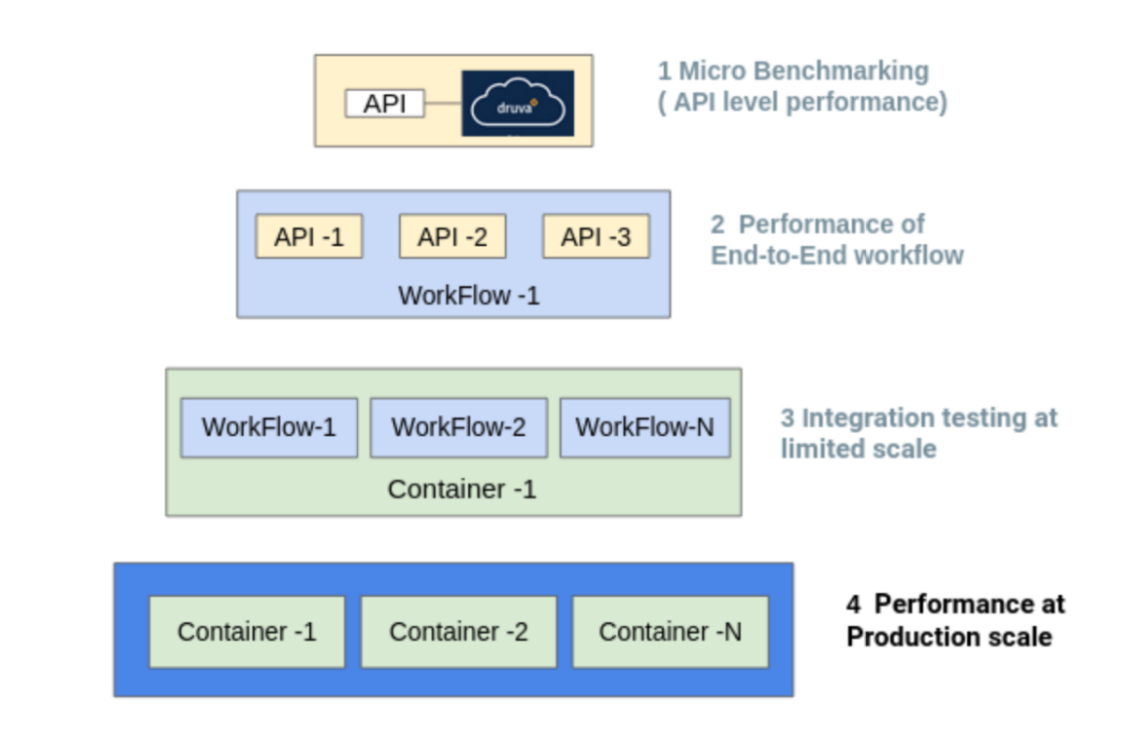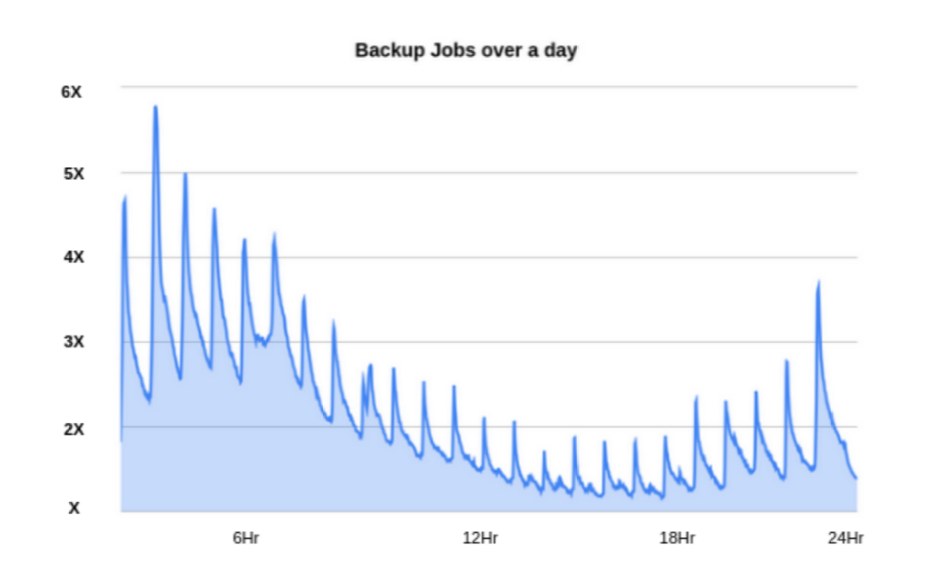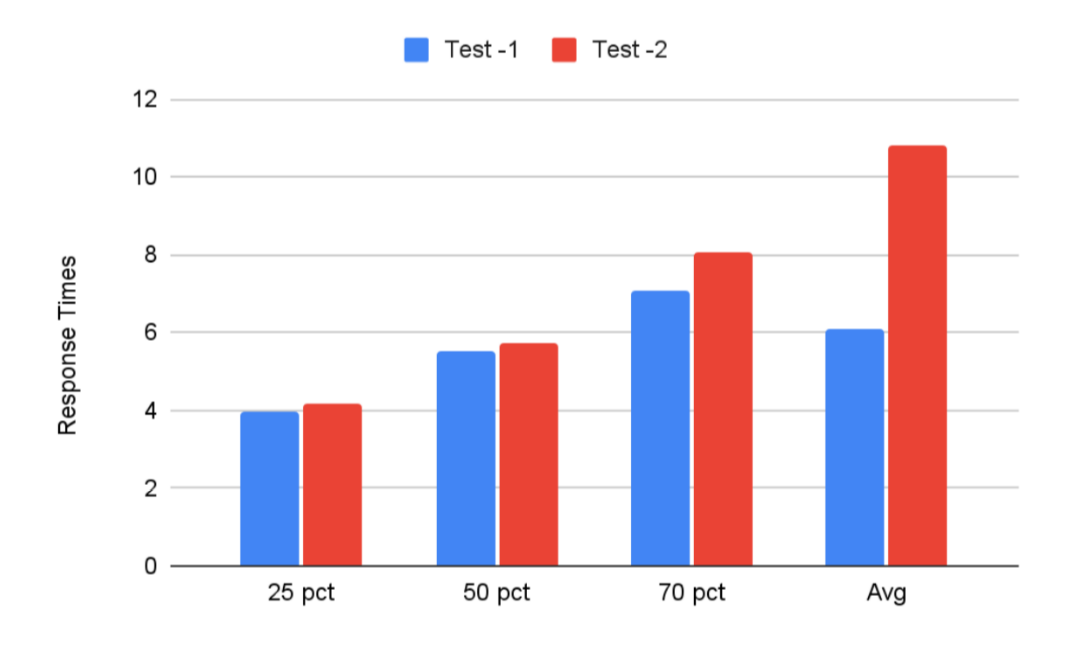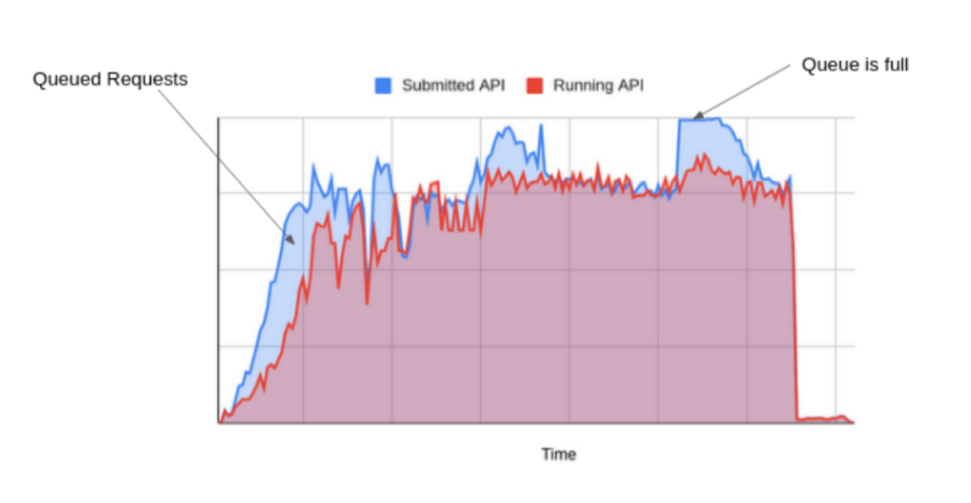Druva is the industry's leading fully managed 100% SaaS data resilience platform to protect your data wherever it lives – backed by a $10M guarantee! Druva eliminates the need for costly hardware, software, and services through a simple and agile cloud-native architecture that delivers unmatched security, availability, and scale.
As we expand Druva’s capabilities with the latest cutting-edge technologies and architectures, it is essential to ensure guaranteed performance at scale. This blog highlights some of our differentiated approaches to performance engineering.
Performance Engineering at Druva
Druva currently drives more than 4 billion backups a year across a wide spectrum of workloads. This number is growing exponentially. In order to deliver an improved customer experience, we continuously innovate by adopting new technologies. As new technologies are adopted, it is essential to validate and confirm that these new innovations are able to deliver the desired performance at Druva’s massive scale. This is where Druva’s performance engineering process comes into play.
We at Druva consider performance engineering a foundational component of innovation and a continuous process through the development lifecycle — not an afterthought. Druva’s data resiliency cloud is continuously validated for performance and resilience through a tiered multi-stage process that’s designed to optimize every API and workflow. This ensures performance improvements in every aspect of the cloud platform.






